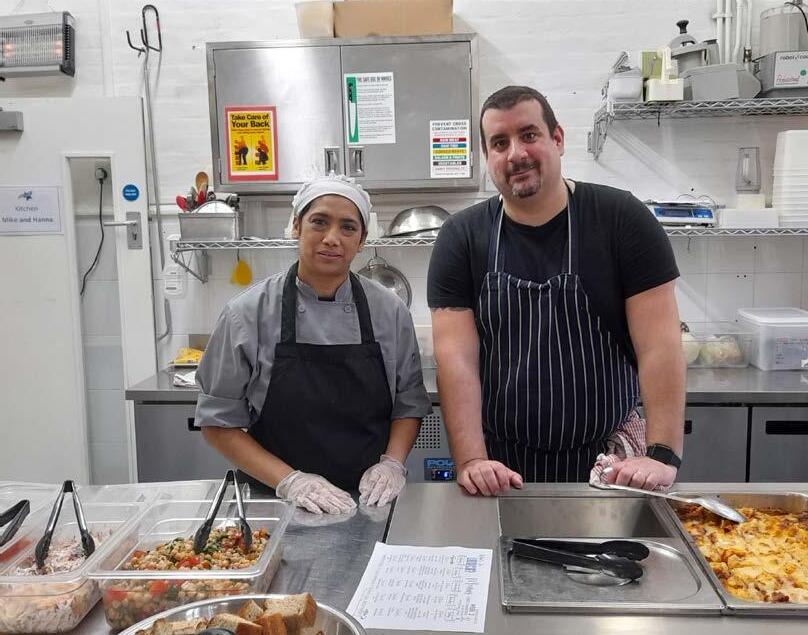
2 minute read
MENU PLANNING CONTINUED...
Head Chef Emma, who runs the kitchen at Newington Green Primary School, says getting ahead is key.
Emma’s Top Tips
Advertisement
Consider minimising waste by batch cooking a base recipe that can be reused for another dish later on in the week. Mondays we often make tomato and basil pasta (with hidden veggies of course) we batch cook and the extra sauce can be utilised in homemade pizzas or enchiladas later in the week.
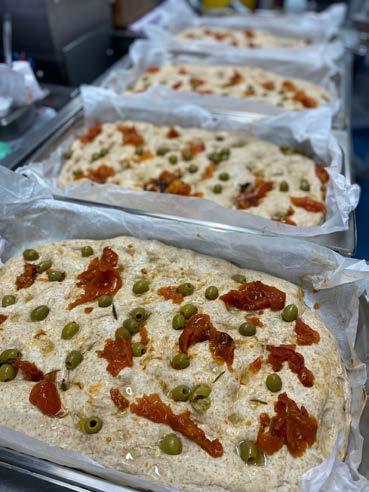
If roasting and blitzing whole veggies on a Monday for a sauce, double the quantity so there are some prepped for baking, incorporating into other dishes, condiments etc.
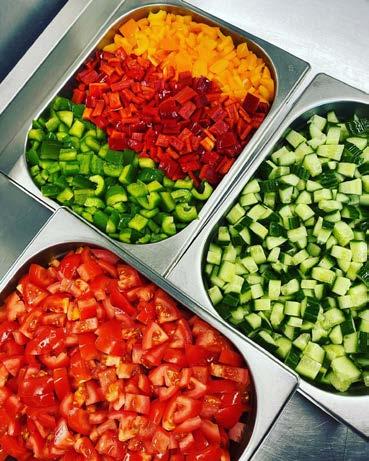
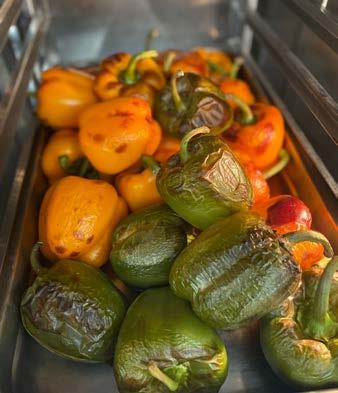
When making flatbread, make a quarter or so more than you need and freeze them to use as pizzas bases.
These are also good tips for when you have to consider after school club covers and menu planning.
Team Briefings
Planning is crucial to making a kitchen operate smoothly –and morning briefings are fundamental to a well-running kitchen.
School Chef Trainer Nerissa says, “IN A MORNING MEETING, YOU CAN DISCUSS WHAT’S HAPPENING THAT DAY – WHETHER YOU’RE SHORT-STAFFED, FOR EXAMPLE. YOU CAN BE CLEAR ON HOW MANY PORTIONS YOU NEED TO DO THAT DAY, MAKING SURE ALL JOBS ARE DELEGATED. ALSO, A DEBRIEF AT THE END OF THE DAY IS HELPFUL, TOO.
“What works really well is regular meetings between the kitchen and the business manager. The kitchen feels like they’re part of the school, not just like they’re coming in the back door and not connected to the school.”
School Chef Trainer Andy advises assessing what worked well. Andy says:
“HAVE REGULAR MEETINGS, SCHEDULED AT THE END OF EACH MENU ROTATION, TO DISCUSS HOW THE MENU WENT. IT COULD BE FIVE MINUTES LONG, BUT IT NEEDS TO BE SOLUTIONS-BASED.”
Preparing For More Children At Service
Speedy Service Tips
Service speed can be a downfall for the kitchens. To help overcome this, there are a few simple hacks to try:
• Make sure you have enough service equipment - enough plates, cutlery, utensils etc

• Be batch cooking sides & veg throughout service, so that you don’t run out
• Can you create a second food service station, to split queues?
• Try self-service areas, or putting food on the table to share, so pupils can help themselves to salad, bread and vegetables
Get Portion Sizes Right
Getting portions right isn’t just the healthiest approach for children – it will also save the kitchen time, and cut down on food waste. School Chef Trainer Nerissa advises schools to use the portion guide from the School Food Standards.
A Task to Try.
One way to demonstrate this to your team is to ask everyone to put what they think is a good portion size onto a set of scales and then assess whose guesses are the closest to the guidelines in the School Food Standards.
NERISSA SAYS: “THIS IS A GOOD WAY OF SHOWING PEOPLE IF THEY’RE GETTING IT RIGHT. IN OUR TRAINING, WE ALSO SHOW A PLATE FOR BOTH KEY STAGES TO SHOW THE DIFFERENCE, AND TO DEMONSTRATE THAT THEY DON’T NEED THE SAME PORTION SIZE.”
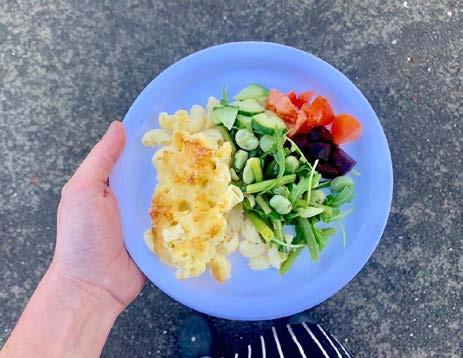
Tip: Getting some of the kids involved with service is a great way of engaging them in the lunchtimes and helping the kitchen staff. For example, give trusted kids the responsibility of serving on the salad bar or giving out desserts.
Portion Tips
1. Giving children too much food can put them off – they think they have to eat it all.
2. Buy serving spoons that hold a portion of rice/pasta.
3. If there are empty plates, offer more savoury food.










